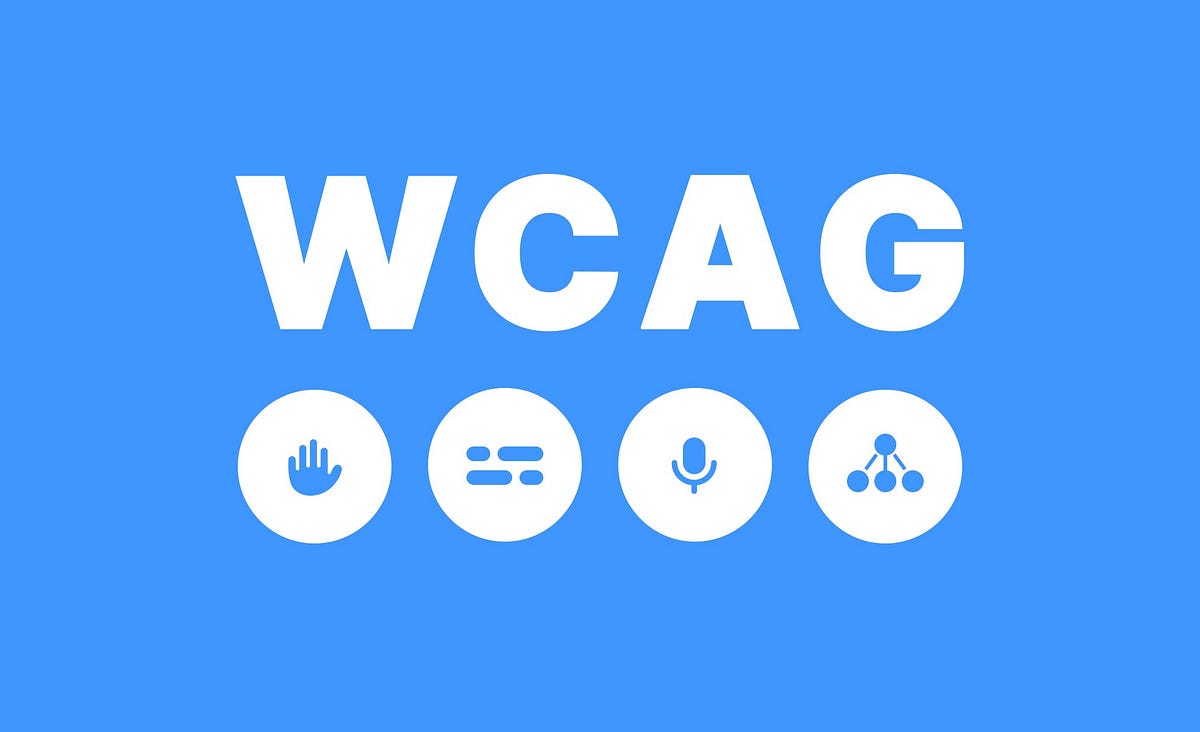
"WCAG, short for Web Content Accessibility Guidelines, provides standards for making web content accessible to individuals with various abilities, evolving through several updates since 1999."
"Achieving minimum contrast ratios is crucial. Normal text requires a contrast ratio of at least 4.5:1, while large text must meet a ratio of 3:1 according to WCAG."
"Making focus visible is essential for supporting keyboard and assistive-technology users. Highlighting focused elements helps users navigate interfaces effectively and understand their position."
"Interactive elements should be easy to activate, particularly on touch devices. The recommended size for interactive areas like buttons should be a minimum of 24 pixels."
Web Content Accessibility Guidelines (WCAG) are essential for making web content accessible to all users, first established in 1999 and updated several times up to 2023. Key aspects include maintaining appropriate contrast ratios for text and UI components, ensuring visible focus on interactive elements for better navigation, and designing touch targets of sufficient size. WCAG provides a checklist for designers to apply these standards effectively, making their designs more inclusive for users with varying abilities.
Read at Medium
Unable to calculate read time
Collection
[
|
...
]